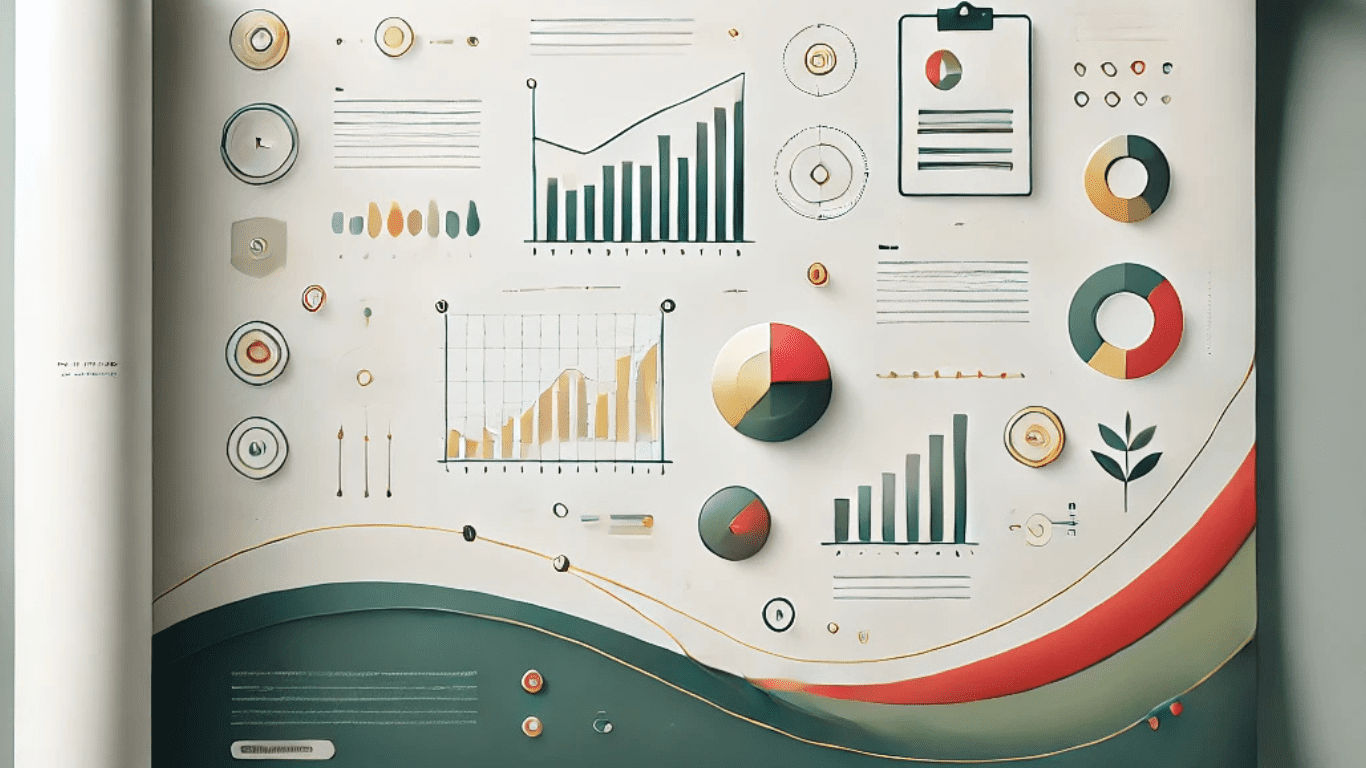According to the internet, the statement “A good climate leader manages their own internal emissions. A great climate leader tackles its supply chain as well.” can be attributed to Leon Laubscher, Climate Strategy Programme Lead at Unilever. Whether or not Mr Laubscher did, in fact, say those words, it is nevertheless true that Procurement increasingly does sit at the heart of every organisation’s sustainability ambitions.
While carbon accounting has traditionally been seen as the domain of sustainability teams, it’s now becoming an area of focus for procurement, because most emissions aren’t happening in-house. They’re happening upstream.
Why Carbon Accounting Matters in Procurement
For most companies, Scope 3 emissions, those from suppliers, transport, purchased goods, and services, account for over 70% of total emissions. That means procurement teams are uniquely positioned to make a real impact.
But to act effectively, you need visibility. Carbon accounting gives procurement leaders a framework to measure and manage emissions across the value chain. Without it, you’re flying blind.
From Spend to Strategy
Traditionally, procurement teams have focused on cost, quality, and delivery. But now, carbon has emerged as a new purchasing metric. By integrating carbon data into supplier selection, contract negotiation, and category strategies, procurement can drive both climate action and business value.
Examples include:
- Low-carbon sourcing: Preferencing suppliers with lower emissions per product or service.
- Contractual levers: Embedding carbon targets into supplier agreements.
- Category-level decarbonisation: Redesigning sourcing strategies around materials, logistics, or service models with lower environmental impact.
What Good Looks Like
Leading organisations are moving from high-level estimates to supplier-specific data. That means going beyond industry averages to understand:
- What emissions are embedded in a particular product or service?
- What reduction plans are in place?
- How reliable is the data?
This shift demands better tools, closer collaboration with suppliers, and alignment across procurement, sustainability, and finance teams.
Getting Started
If you’re just beginning to integrate carbon accounting into procurement, here are some practical steps:
- Map your spend: Identify carbon hotspots in your supply chain.
- Engage suppliers: Start the conversation, many will already be on the journey.
- Use credible frameworks: Align with standards like the GHG Protocol and CDP Supply Chain.
- Invest in tools: Digital platforms streamline data collection, analysis, and reporting and help to deliver the accuracy required to stand up to scrutiny.
- Prioritise high-impact areas: Focus efforts where emissions and potential reductions are greatest.
Beyond Compliance
Regulations are tightening. From CSRD in Europe to the SEC’s proposed climate disclosures in the US, transparency around Scope 3 emissions is becoming mandatory. But forward-thinking procurement leaders aren’t just chasing compliance, they’re also using carbon accounting to build resilient, future-ready supply chains. Procurement holds the key. Carbon accounting is how you turn it.
Learn how Achilles helps organisations collect, analyse, report and reduce emissions Achilles Carbon Accounting.
Explore Achilles Carbon Accounting software →


